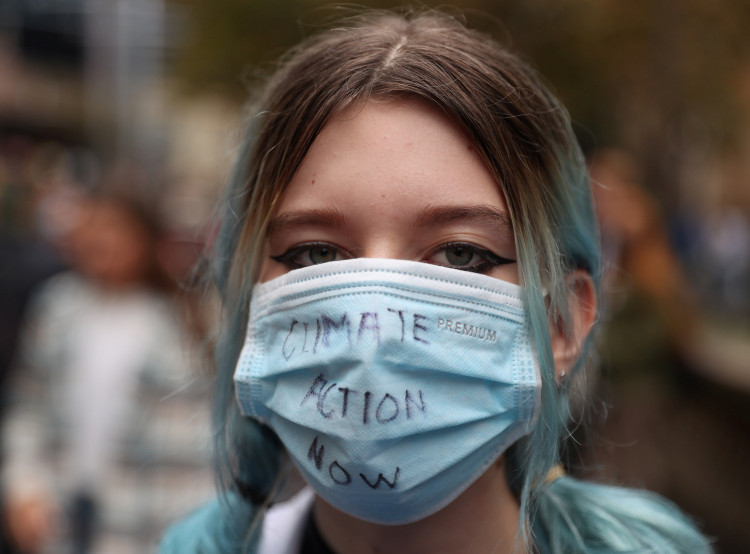Although COVID-19 is classified as a respiratory infection, its effects are unquestionably not limited to the respiratory system.
Numerous recent autopsies reveal persisting SARS-CoV-2 infection in the lungs, heart, spleen, kidneys, liver, colon, thorax, muscles, nerves, reproductive system, eye, and brain, among other organs.
"Our data indicate that in some patients SARS-CoV-2 can cause systemic infection and persist in the body for months," the authors of the study, led by researchers at the United States National Institutes of Health (NIH), wrote.
The study included 44 autopsies in which researchers meticulously detected and quantified the levels of SARS-CoV-2 messenger RNA in 85 different sites and fluids. This genetic information indicates where the virus may have replicated during a person's lifetime.
In one autopsy, traces of the novel coronavirus were discovered in the brain of a deceased patient 230 days after they initially developed symptoms.
Autopsies on COVID-19 patients in the past have revealed preliminary symptoms of multi-organ dissemination, with genetic remnants of the virus found in a variety of tissues, organs, and fluids.
Further autopsies in July 2020 revealed signs of blood clots in practically every vital organ of those who had contracted COVID-19.
More precisely than ever before, the new NIH study repeats and verifies these findings.
The researchers claim that their most recent research is the most thorough examination to date of SARS- CoV-2's cellular persistence in the human body.
Researchers discovered older, unvaccinated people who died of COVID-19 had abundant indications of SARS-CoV-2 replication in a total of 79 places and body fluids from autopsies performed from April 2020 to March 2021.
Additionally, some of the alterations were noticeable two weeks following the onset of symptoms.
Intriguingly, despite a heavy viral burden, the brain and other organs did not frequently exhibit major tissue alterations, even though the lungs exhibited the most inflammation and injury.
The researchers are unsure why this is the case. It's possible that the human immune system isn't as good at targeting these other sites as it is at attacking the lungs.
Researchers discovered evidence that the lungs were less contaminated than they were at the start of COVID-19 healing, whereas other regions did not demonstrate nearly as much improvement.
Another unsolved issue is how the virus spreads so far and broad. The current study's autopsies did not frequently reveal identifiable viral remains in blood plasma, implying that the infection is spreading through other mechanisms.
Understanding how SARS-CoV-2 spreads and remains in the human body may help explain why some patients get long-term COVID-19 symptoms.






